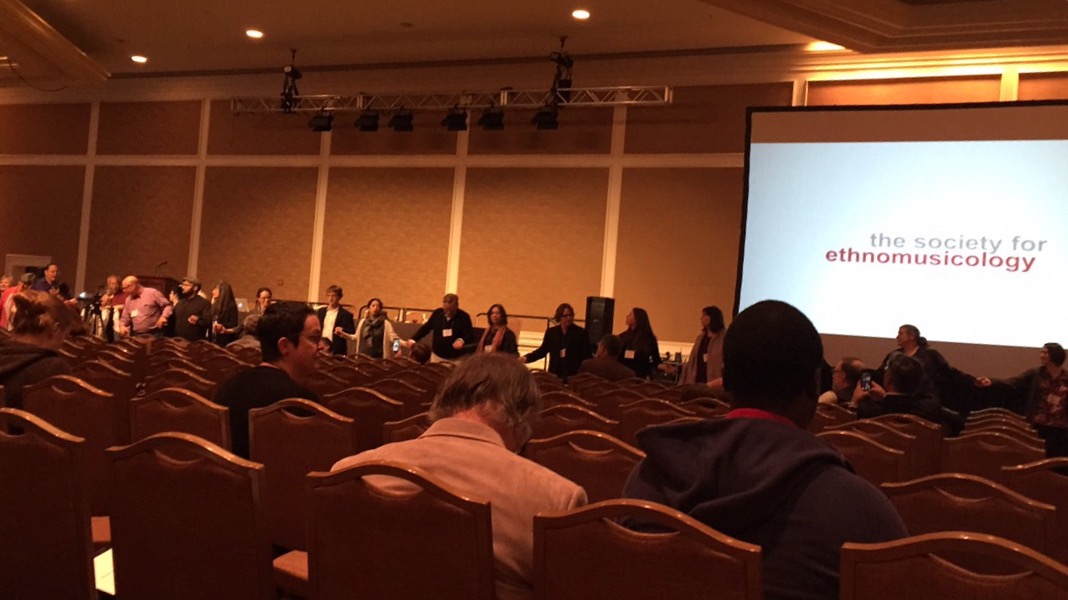I played through most of the piece I’ll be performing on the recital for Robert. It was the first time he’d heard me play it, and he had some awesome suggestions. Multiple times in the piece, the composer calls for the flutist to move the fingerings randomly (without playing). Robert pointed out that it’s actually more effective to move fewer fingers strategically than all at once chaotically. For me, I experimented with using mainly the third and fourth fingers on each hand as the movers while keeping the other fingers stationary, to maintain a deep, resonate chamber for the movement.
At other points in the piece, the composer notated whispering into the flute in such a way that the words are still discernable. Robert’s tip for this was to add in the voice just a bit to help the sound carry further. Varying how much of the tone whole is covered is another great thing to mess around with.
A large portion of the piece is played on bass flute. I’ve been keeping the bass flute pretty low on my face, but Robert suggested going even LOWER. Low enough that the edge of the lip plate touches my chin, no joke. But, once again, Robert knows what he’s talking about, and this placement made harmonics waaaaaay easier. Is #blessed appropriate for this situation?
Until next time!



